Deck & Commander Strategies

Meren of Clan Nel Toth
Uses sacrifice and graveyard recursion to generate value through experience counters, repeatedly bringing back creatures to control the board and outlast opponents.
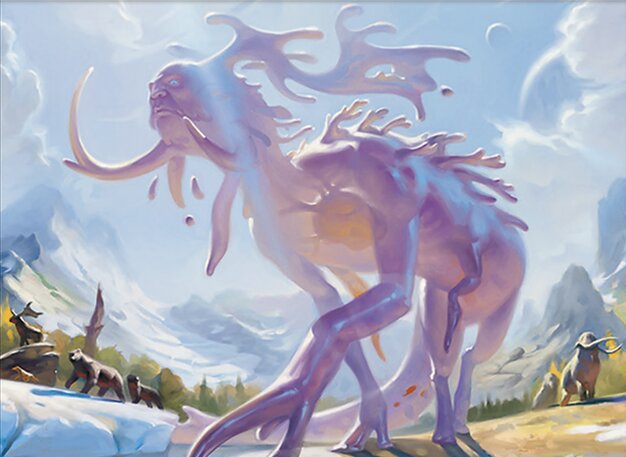
Morophon, the Boundless
Leverages tribal synergies to pump creatures of a chosen type, aiming to overwhelm opponents with buffs and synergy while using enchantments to disrupt enemy strategies.
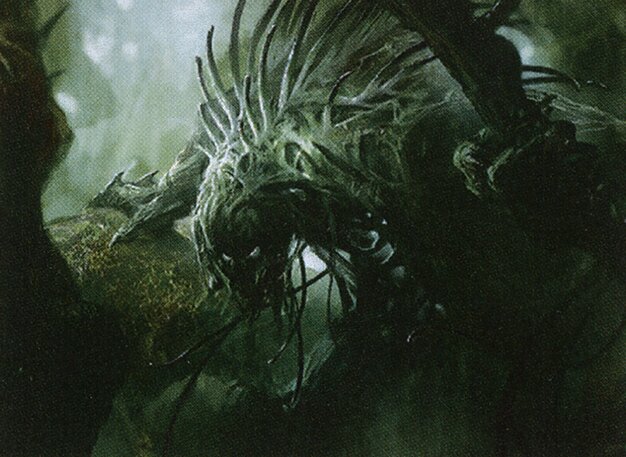
Ghave, Guru of Spores
Focuses on creating and sacrificing tokens to generate mana and card advantage, using combos like Devoted Druid and Vizier of Remedies to produce infinite mana and overwhelming board states.
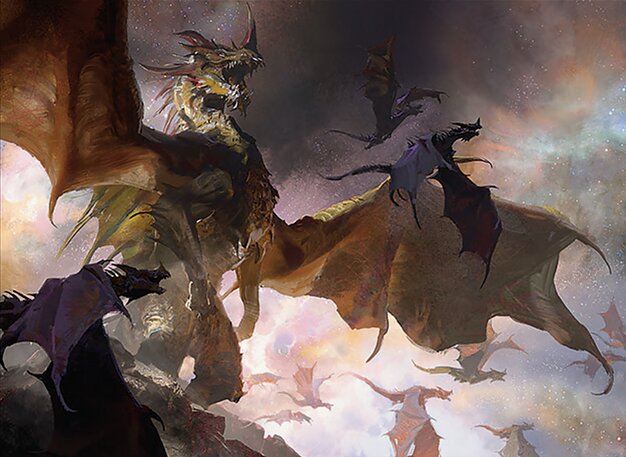
The Ur-Dragon
Aims to cheat large dragons into play quickly and exploit tribal dragon synergies to dominate the battlefield with powerful flying threats and abilities.
Gameplay Insights
- 1
Meren's repeated use of sacrificing creatures like Sakura-Tribe Elder and Fleshbag Marauder combined with experience counters kept her in control despite board wipes.
- 2
Ghave threatened infinite green mana through the combination of Devoted Druid and Vizier of Remedies, forcing opponents to respond to his mana generation potential.
- 3
Morophon naming Ghave helped increase the cost of Ghave's spells, applying pressure on his combo lines.
- 4
The timely use of Decree of Pain by Meren wiped the board but also drew her multiple cards, allowing her to recover quickly and maintain momentum.
- 5
Elish Norn temporarily shut down token strategies and small creatures but was removed soon after, illustrating the back-and-forth nature of board control in the game.
- 6
Players frequently used sacrifice outlets and recursion to gain card advantage, showing the importance of resilience over raw power in multiplayer Commander.
Notable Cards
-
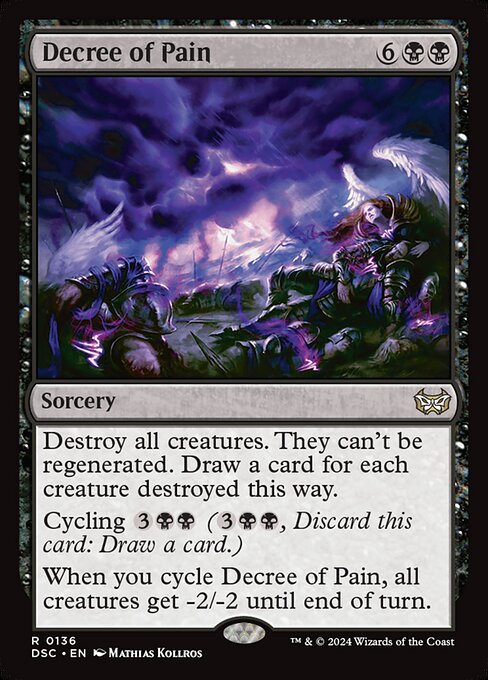
Decree of Pain
-
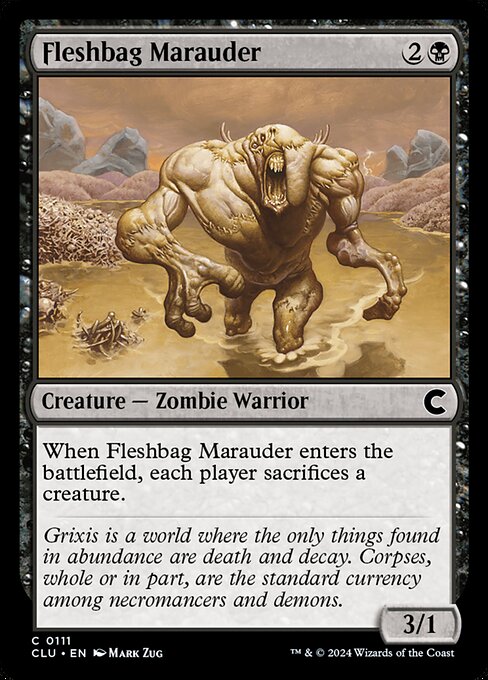
Fleshbag Marauder
-

Sakura-Tribe Elder
-
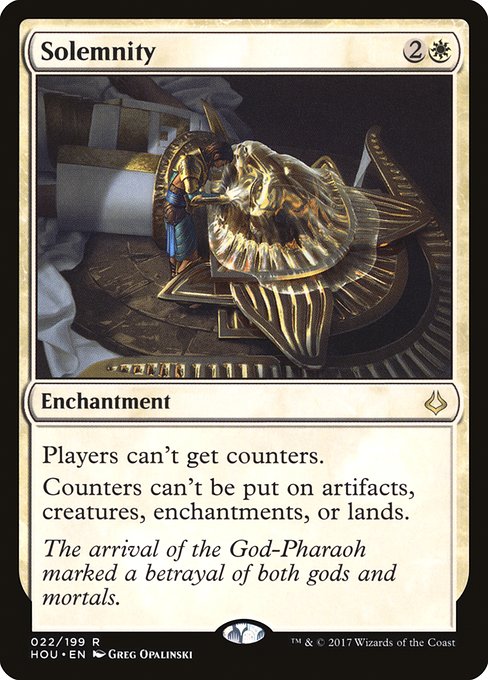
Solemnity
-
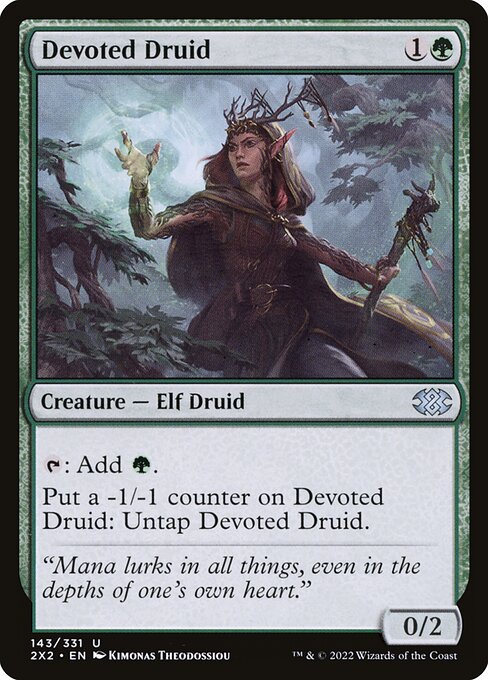
Devoted Druid
-
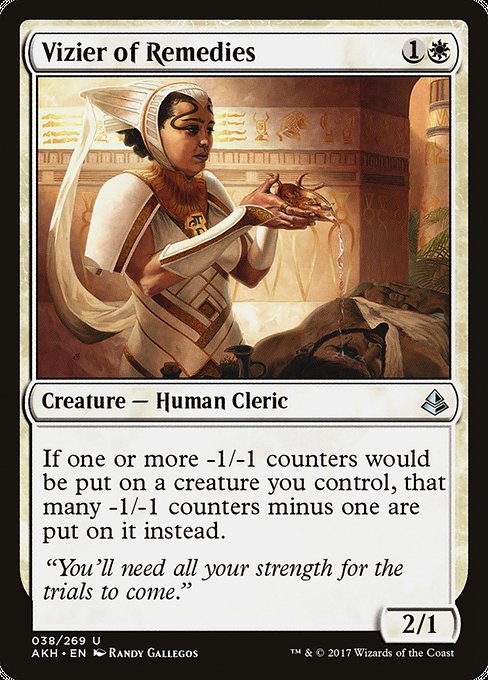
Vizier of Remedies
-
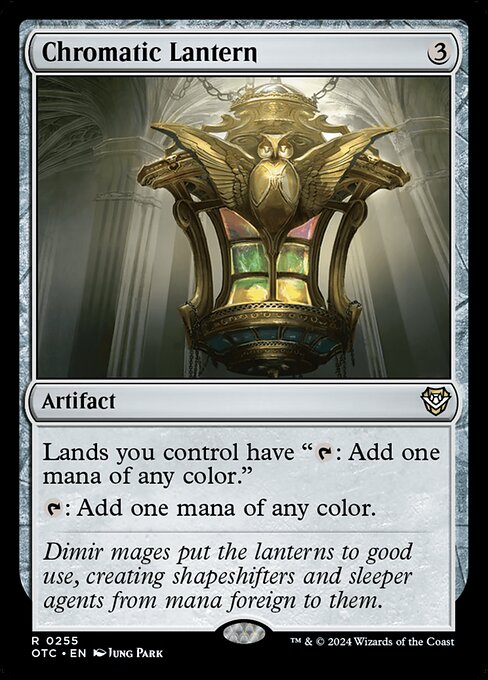
Chromatic Lantern
-
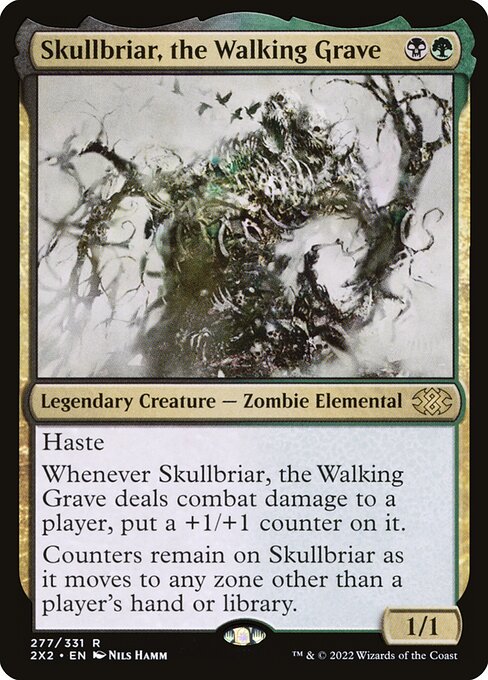
Skullbriar, the Walking Grave
Gameplay Summary
The game featured four distinct decks led by Meren of Clan Nel Toth, Morophon the Boundless, Ghave Guru of Spores, and The Ur-Dragon.
Early turns involved ramping and setting up boards with key creatures and tokens.
Meren focused on sacrificing creatures and generating experience counters, repeatedly bringing back creatures like Sakura-Tribe Elder and Fleshbag Marauder to maintain board presence and control.
Ghave utilized synergistic token generation and sacrifice outlets, threatening infinite green mana through Devoted Druid and Vizier of Remedies, while also applying pressure with counters and creature buffs.
Morophon leveraged tribal synergies, casting his commander to pump creatures and using enchantments like Solemnity to disrupt opponents, although it was eventually blown up by a well-timed Ask of the Unseen.
The Ur-Dragon deck aimed to cheat dragons into play and benefit from tribal synergies, though it was somewhat slowed by board interactions and removal. A key turning point came when Cam (Meren) cast Decree of Pain, wiping the board and drawing multiple cards, allowing him to maintain board dominance by recurring creatures and accruing experience counters.
A series of combat exchanges and sacrifices kept the pressure high, especially with creatures like Skullbriar, who steadily grew stronger.
The game saw several value plays and combat phases where creatures were sacrificed to gain card advantage or experience counters.
Notable disruption included Elish Norn shutting down tokens and other problematic creatures, but it was eventually removed.
The game was a dynamic struggle for board control, with each player leveraging their deck's mechanics.
Sacrifice and recursion were central to Meren's strategy, while Ghave threatened infinite combos, and Morophon and The Ur-Dragon tried to capitalize on tribal synergies and powerful creatures.
The game was ongoing at the end of the transcript but highlighted the importance of board wipes, recursion, and token synergy in multiplayer Commander matches.









































